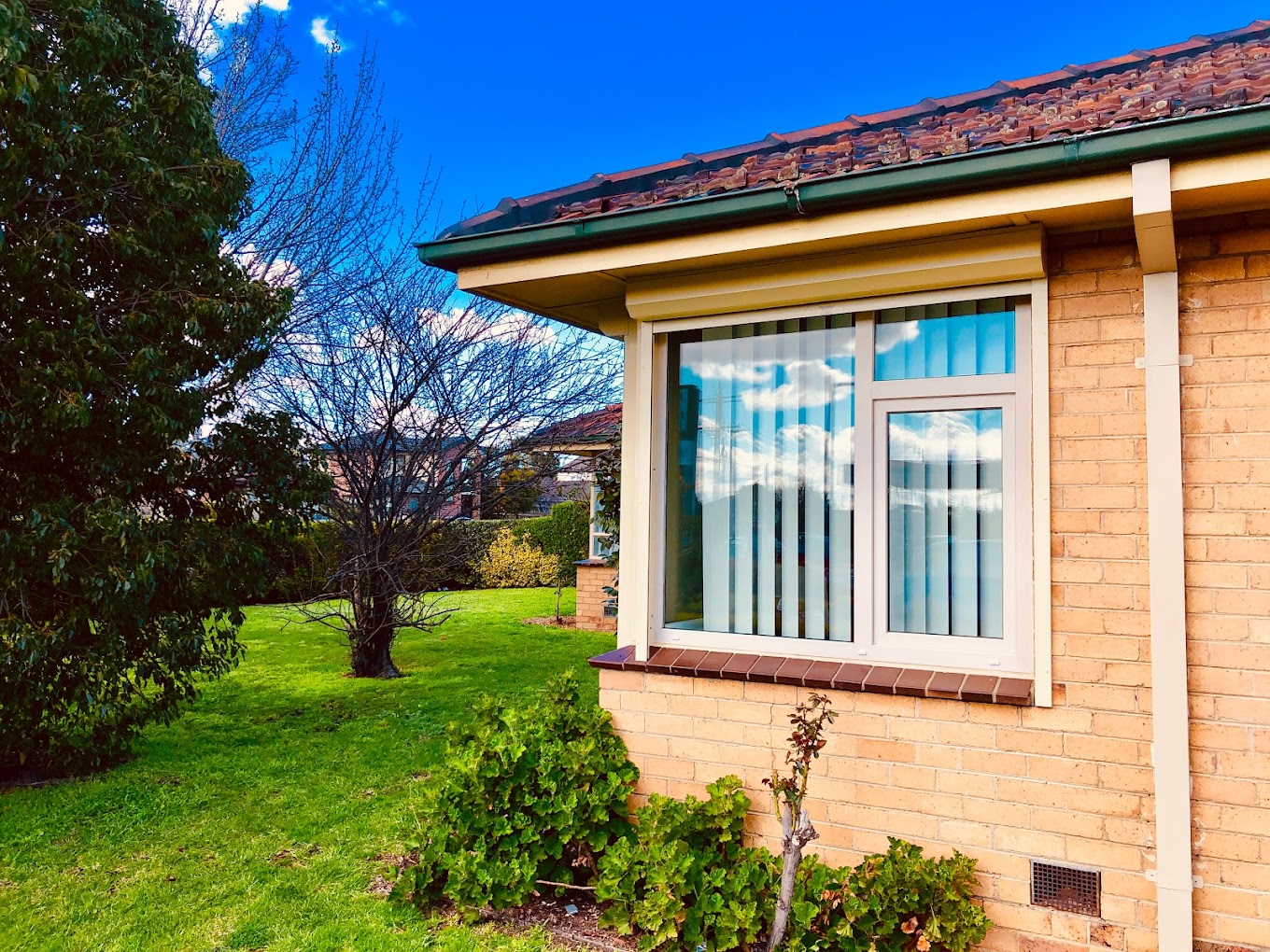All Categories
Featured
Table of Contents
Carnegie 3163, Vic. Amazing Service By Aps Double Glazing in Scarborough Perth
Glazing simply implies the windows in your house, consisting of both openable and set windows, as well as doors with glass and skylights. Glazing really simply implies the glass part, but it is generally utilized to describe all elements of an assembly consisting of glass, movies, frames and furnishings. Taking note of all of these elements will help you to achieve effective passive design.

Energy-efficient glazing makes your house more comfortable and dramatically reduces your energy expenses. However, inappropriate or inadequately designed glazing can be a major source of undesirable heat gain in summer and significant heat loss and condensation in winter. As much as 87% of a home's heating energy can be acquired and up to 40% lost through windows.
Twinglaze® Double Glaze Specification Act - Vic in Clarkson WA
Glazing is a considerable investment in the quality of your house. A preliminary financial investment in energy-efficient windows, skylights and doors can greatly lower your yearly heating and cooling bill.

This tool compares window selections to a base level aluminium window with 3mm clear glass. Understanding a few of the essential properties of glass will help you to select the best glazing for your home. Secret homes of glass Source: Adapted from the Australian Window Association The amount of light that goes through the glazing is referred to as noticeable light transmittance (VLT) or noticeable transmittance (VT).
Double Glazing Windows - The Best Installers In The Uk ... in Kiara WA
The U value for windows (revealed as Uw), explains the conduction of the whole window (glass and frame together). The lower the U worth, the greater a window's resistance to heat circulation and the much better its insulating value.
If your home has 70m2 of glazing with aluminium frames and clear glass with a U value of 6. 2W/m2 C, on a winter season's night when it is 15C chillier outside compared with indoors, the heat loss through the windows would be: 6. 2 15 70 = 6510W That is equivalent to the total heat output of a large space gas heating system or a 6.
Solace Creations: Home in North Lake Western Australia

If you choose a window with half the U worth (3. 1W/m2 C) (for instance, double glazing with an argon-filled space and less-conductive frames), you can cut in half the heat loss: 3. 1 15 70 = 3255W The solar heat gain coefficient (SHGC) for windows (expressed as SHGCw) measures how easily heat from direct sunlight streams through an entire window (glass and frame together).
The lower a window's SHGC, the less solar heat it transfers to the house interior. The actual SHGC for windows is affected by the angle that solar radiation strikes the glass.
Window Glazing For Households - Energy in Alfred Cove WA
When the sun is perpendicular (at 90) to the glass, it has an angle of occurrence of 0 and the window will experience the maximum possible solar heat gain. The SHGC declared by glazing manufacturers is always calculated as having a 0 angle of occurrence. As the angle increases, more solar radiation is reflected, and less is transferred.
Table of Contents
Latest Posts
8 Benefits Of Double Glazing To Take Advantage Of in Greenmount WA
Single Vs Double Vs Triple - Which Window Is Right For Your ... in Hazelmere Western Australia
Twinglaze® Double Glaze Specification Act - Vic in Coogee Perth
More
Latest Posts
8 Benefits Of Double Glazing To Take Advantage Of in Greenmount WA
Single Vs Double Vs Triple - Which Window Is Right For Your ... in Hazelmere Western Australia
Twinglaze® Double Glaze Specification Act - Vic in Coogee Perth